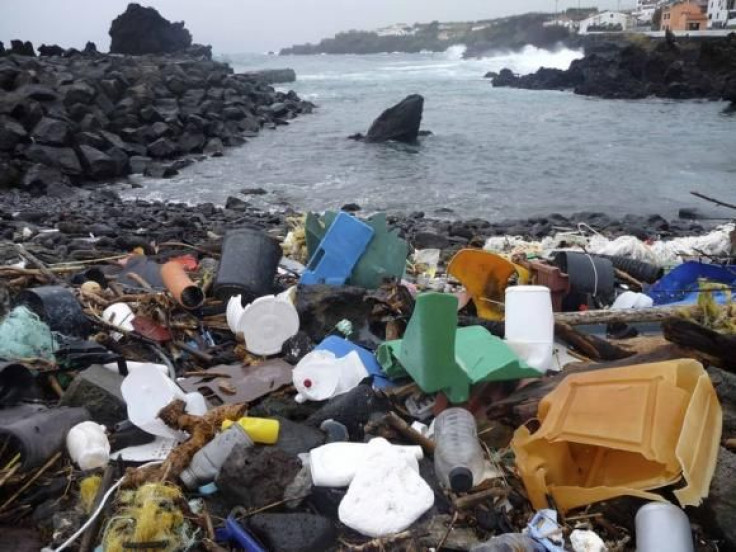Plastic Inputs From Land To Ocean Reached 12.7 Million Tonnes

Poor waste management has led to the accumulation of plastic litter in the Earth’s seas. Scientists from the University of Georgia and the National Centre for Ecological Analysis and Synthesis were able to quantify the amount of plastic waste produced by coastal communities in 192 countries. In 2010, a total of 275 million metric tonnes of plastic waste were carried throughout various waterways and have been dumped in the oceans. The researchers estimate an average of 8 million metric tonnes of solid trash every year.
Establishments and communities 50 kilometres from the shoreline generated around 4.8 to 12.7 million metric tonnes of plastic in 2010. Jenna Jambeck, a professor at the University of Georgia and the study’s lead author, stated that an average of 8 million metric tonnes of plastic waste accumulate in the ocean every year. She described the extent of pollution by equating five grocery bags filled with plastic for every foot of the shoreline in all the 192 countries included in the report.
A framework using existing data on solid waste management from the 192 countries was developed as a model for this study. Researchers observed how trash from land managed to pile up in the ocean through rivers, mismanaged dumpsites, and seaside. Population density and economic conditions were considered in estimating the extent of marine pollution and the projected increase in the next years. Some of the countries do not have existing systems for managing solid waste.
The report was able to demonstrate how the basis can be used to calculate the volume of plastic debris in the areas concerned. With this, particular targets for improving waste management would be based on clear estimates. Also, people around the world would be aware of the magnitude of pollution in the oceans every time non-biodegradable trash is not disposed properly.
Since the introduction of plastic in the mid-1970s, plastic resin production has increased by 647 percent to meet the global supply of common plastic products such as bags, bottles and wrappers. However, managing plastic pollution has not been foreseen and prioritised in urban development, especially in developing countries.
Authors of this study said that investigating where the plastic debris goes is another challenge for this study. In December 2014, the 5 Gyres Institute reported an estimate of 269,000 tonnes of plastic litter afloat the oceans’ surface. If around 8 million metric tonnes are generated yearly, where does the rest of the plastic debris accumulate and what are the impacts on marine life? Jambeck estimated the gradual increase to peak at 155 metric tonnes by 2015 if solid waste management systems do not address this global environmental problem. This report was published in the Feb 13 issue of Science Magazine.
To send feedback about the content, email: j.panganiban@ibtimes.com.au






